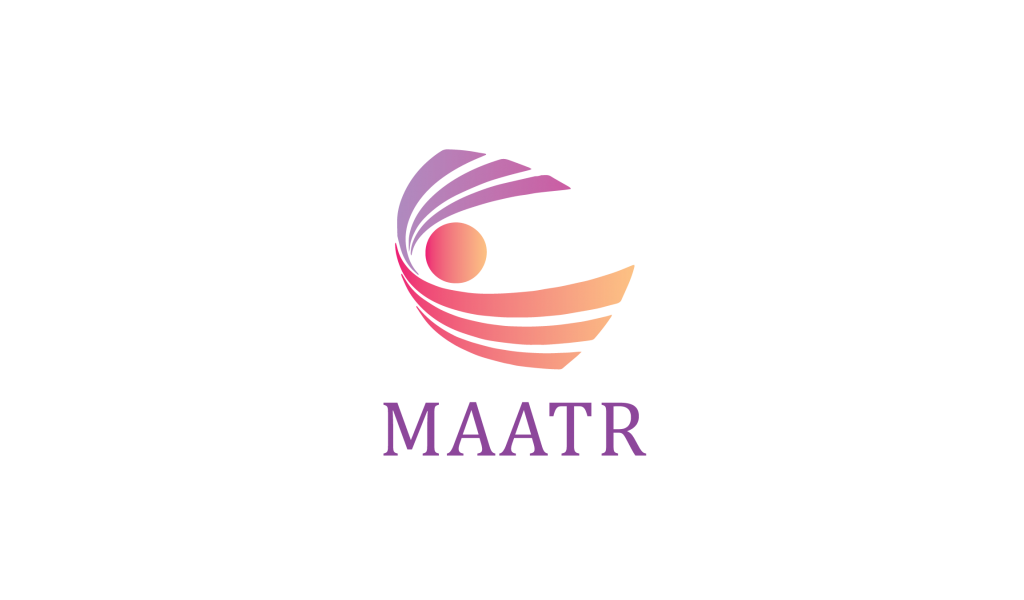The Differences between Data, Information, and Knowledge Library & Information Science Education Network
In this article, we will understand the subtle difference between data and information. We will also explore data and information in detail and understand their types through simple examples. In today’s digital world, data is absolutely important, and so is the need to understand the difference between data and information.
Key Differences Between Data And Information
Using traditional data analysis methods and computing, working with such large (and growing) datasets is difficult, even impossible. To sum it up, organizations can make better and faster business decisions by processing available data into valuable information. Owing to the importance of data and information, businesses across the world need to have sound strategies to productively make use of the data available to them. For this reason, data analysis is gaining a lot of importance and plays a crucial role in business decisions, operations, and revenue streams. Data can assist companies in deciding actions, assessing which products or services are profitable, and measuring their expenses.
The most important you should take away from this article is the fact that these two terms, regardless of their differences, work together to achieve the most. Today, several problems from very vast fields are processed at record time. In the medical field, there is an increasing inclusion of technology and the use of data in the treatment of patients.
The Role of Information in Education and Lifelong Learning
A company’s resources must be known in order to plan effectively. People, Properties, Clients, Customers, Dealers, Machinery Types, Accounts, and so forth. Accuracy – Information should be free of errors, and mistakes, and clear.
Observations based
We can also categorize data as primary data and secondary data, especially when it comes to research. The former is collected by a researcher for the first time, whereas the latter is already existing data produced by researchers. To sum it up, it can be concluded that data, followed by processing and analysis, leads us to information.
A computer uses programming scripts, formulas, or software applications to turn data into information. Organizations need to invest in advanced tools, software, and infrastructure to store, analyze, and protect data. The cost of hiring skilled personnel, such as data scientists or analysts, also adds up. Additionally, maintaining data security to prevent breaches requires ongoing investments in cybersecurity measures.
- It’s important to note that information vs. data depend on one another.
- While data, on its own, might be meaningless, information is always meaningful.
- This information aids in the development of an organization’s objectives.
- In statistics, data is largely still raw and unprocessed but is referred to as unprocessed information, while statistics takes the place of information in the definition.
- This strategic use of information can significantly impact a company’s bottom line.
What are the different types of data?
Data, on its own, doesn’t offer insights or understanding, whereas information is actionable and supports decision-making, problem-solving, and knowledge-building. Understanding their difference is crucial for any organization aiming to leverage its full potential in the context of info vs. data. Businesses can effectively convert data into information to enhance decision-making processes, optimize operations, and drive strategic growth. Mastering this transformation process is critical to creating a proactive, insightful, and competitive business environment.
- Data by itself has no meaning until it is processed and interpreted to provide insight.
- Understanding the differences between data and information is crucial for making informed decisions and leveraging the power of technology.
- Once information is organized and interpreted, it can become difficult to adapt it to new contexts or different uses.
- The role of Statistics, in this case, would be to accumulate and filter the unprocessed information.
- For example, we may have data about ticket sales for a cricket match.
- In simple terms, we can conclude that data is an unorganised description of raw facts from which information can be extracted.
Data has turned out to be the plural of datum throughout time. Of course, the quality of information is only as good as the precision and consistency with which it is provided. Your website may help collect data by using forms, for example. However, keep in mind that data varies greatly – contacts with customers, providers, prospects, and workers may all be useful in data collecting.
Types of Data
Yes, misinformation can emerge if inappropriate data sets are used, inaccurate models or assumptions are applied during analysis, or conclusions are ineffectively communicated to the audience. Validating information quality requires continually scrutinizing underlying data and analytical processes. Raw sales figures for the past year are data; analyzing sales figures to understand regional performance over that timeframe delivers explain the difference between data and information information.
Embracing a systematic approach to managing and analyzing data will ensure that it transcends its raw state to become meaningful information that propels business success. This approach enhances a company’s operational capabilities and strengthens its capacity to innovate and adapt in an ever-evolving market landscape. This strategic use of information can significantly impact a company’s bottom line. The evaluation involves, among other things making meaning out of data on sales, costs, and profits.
